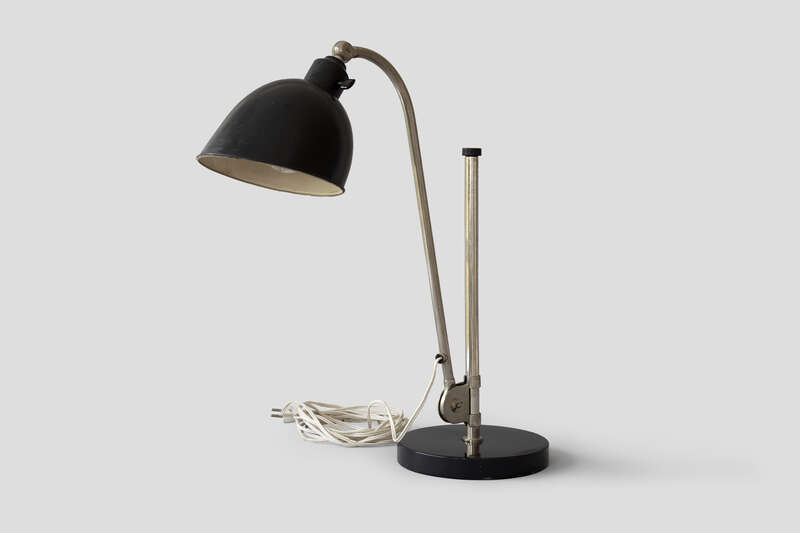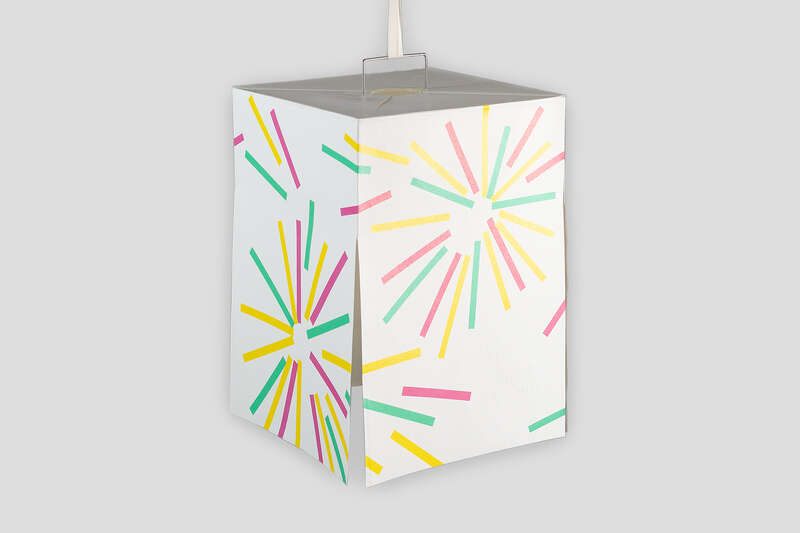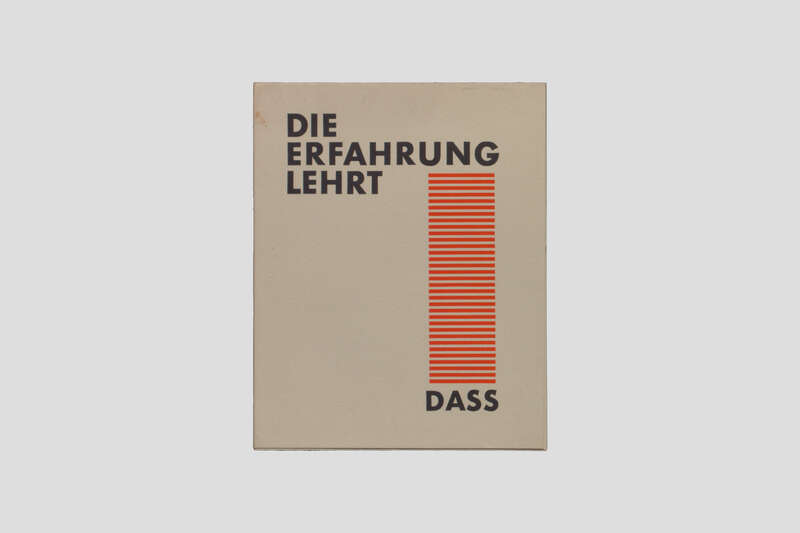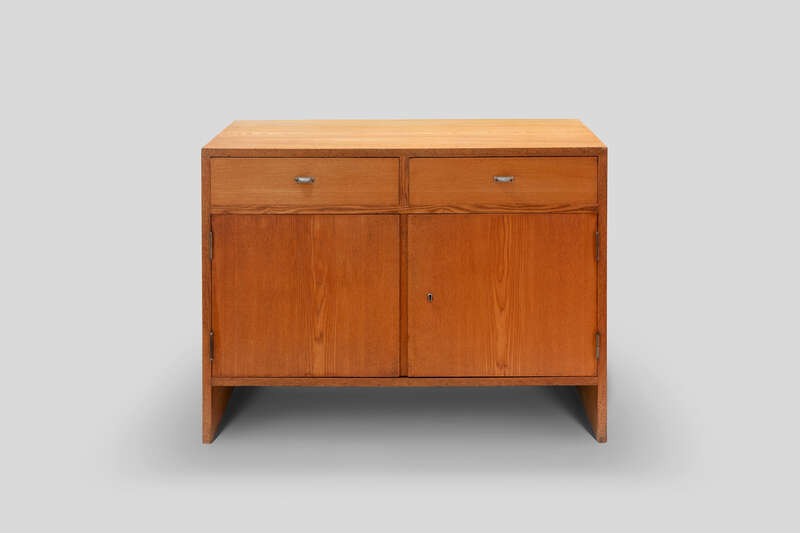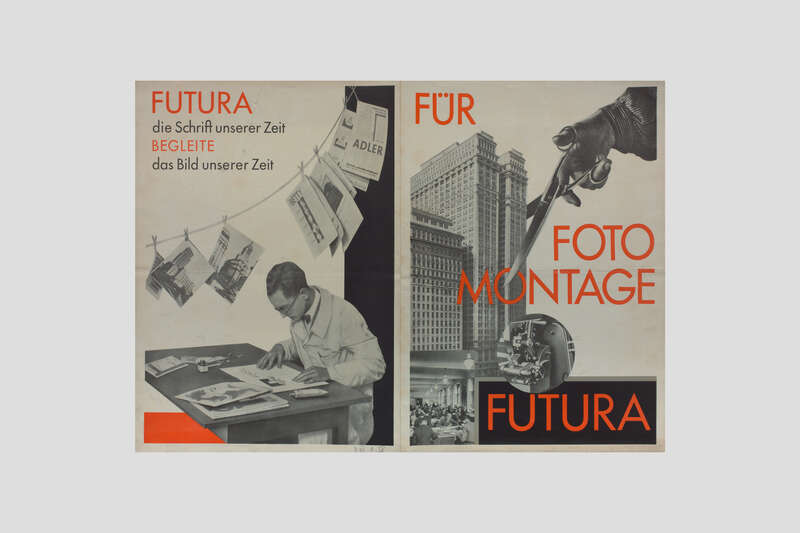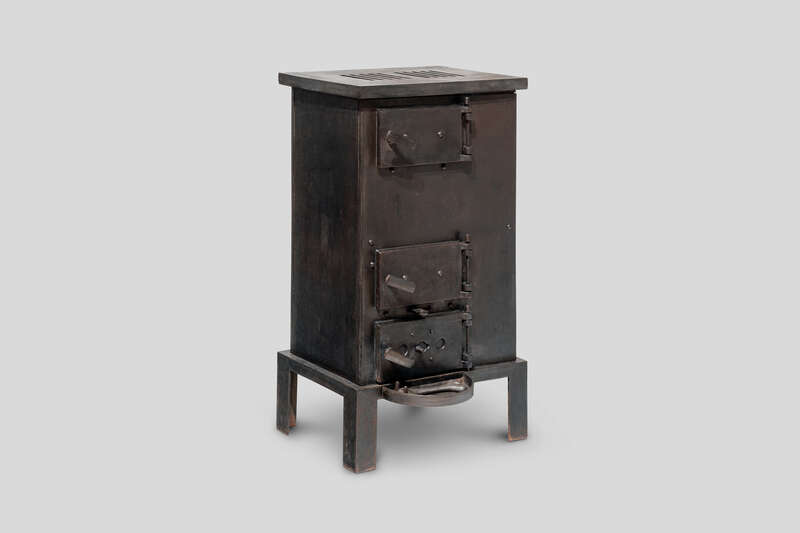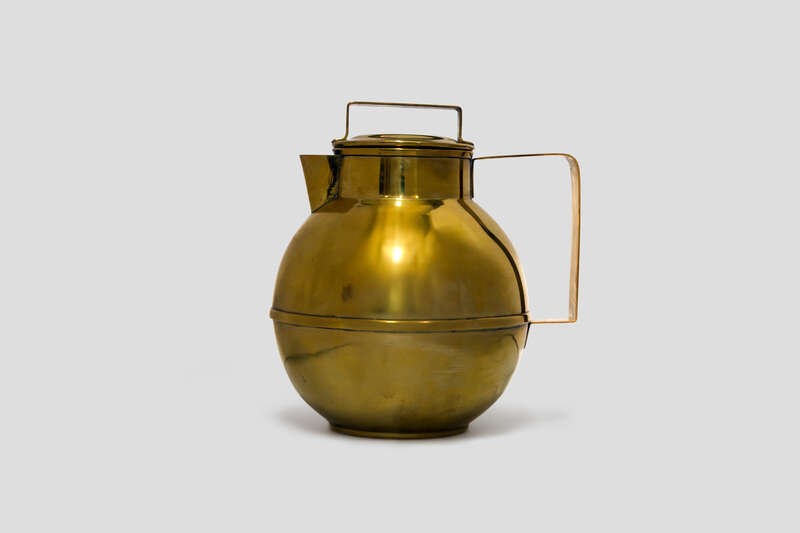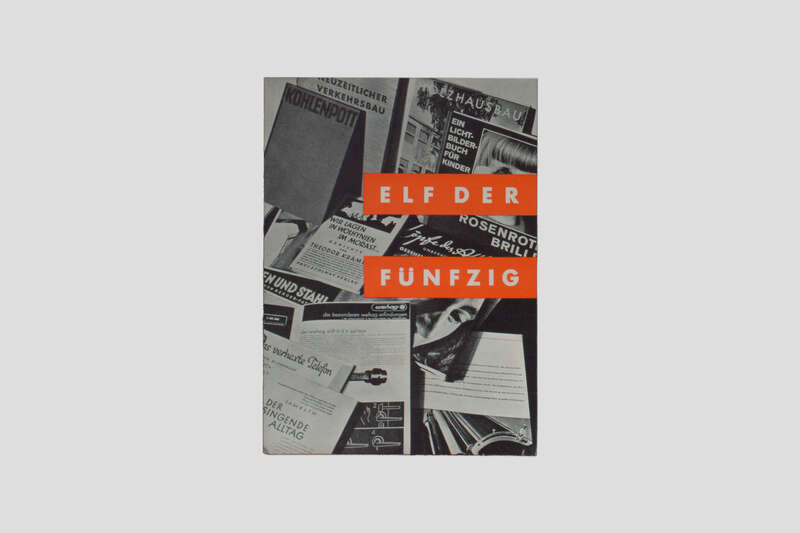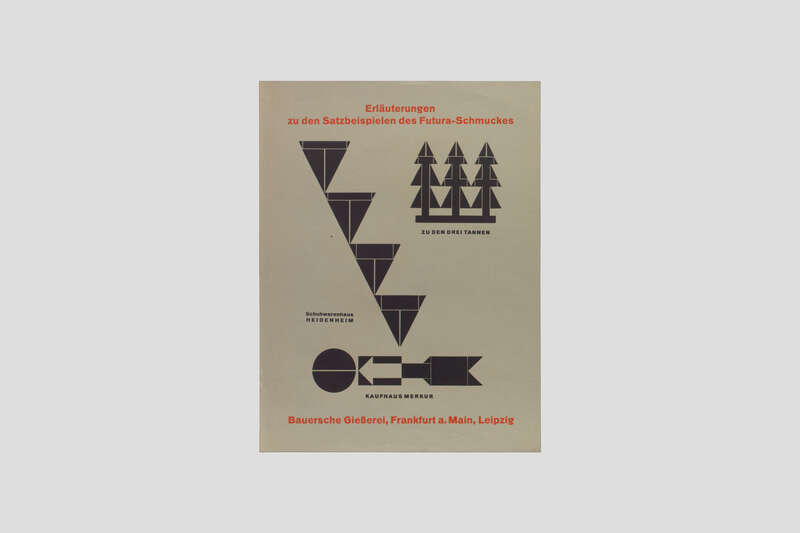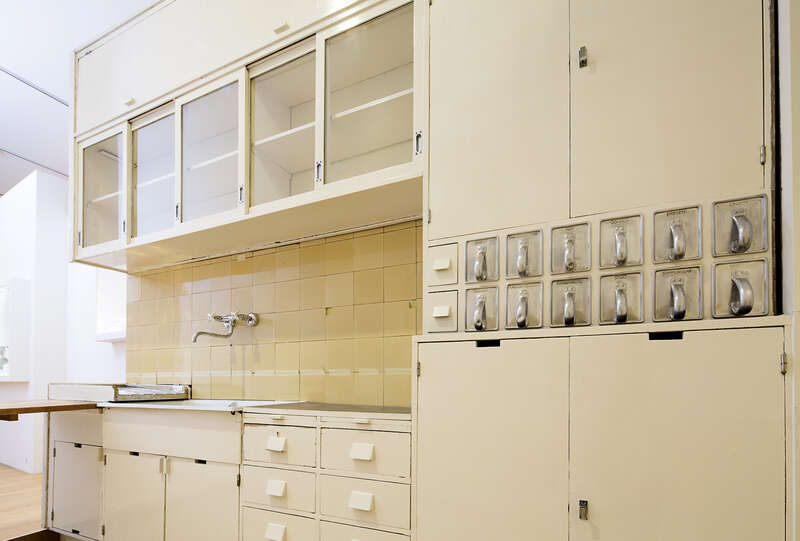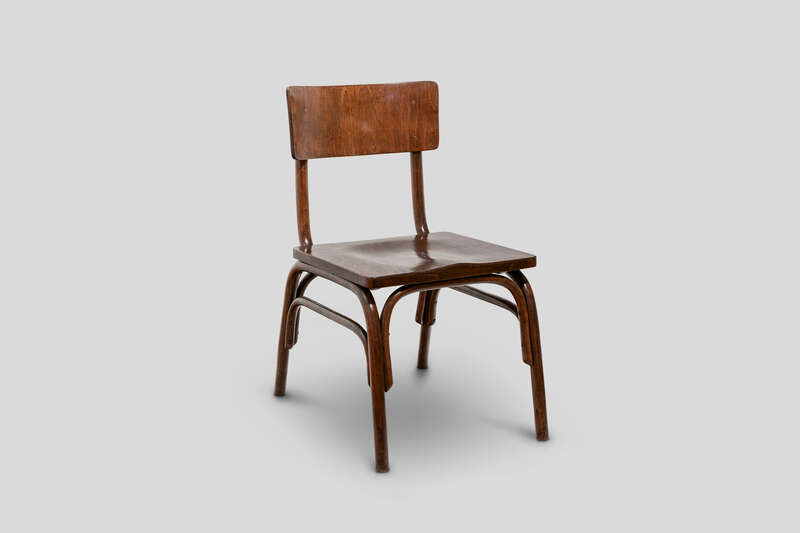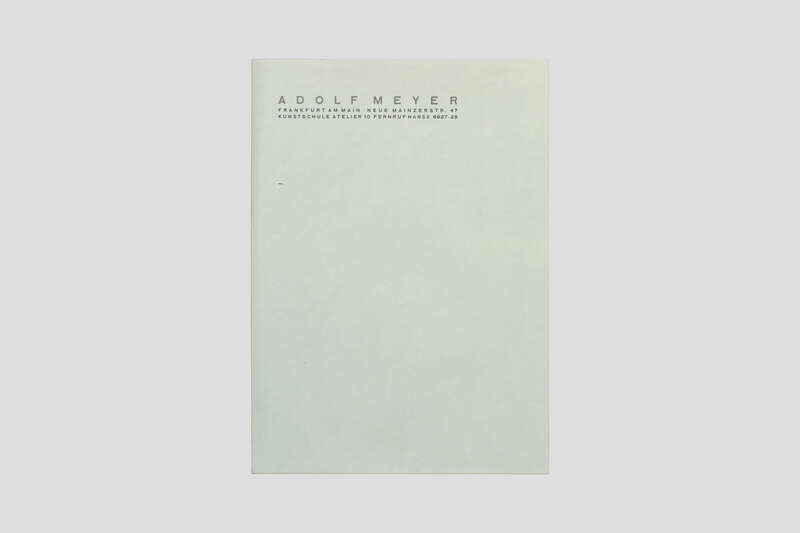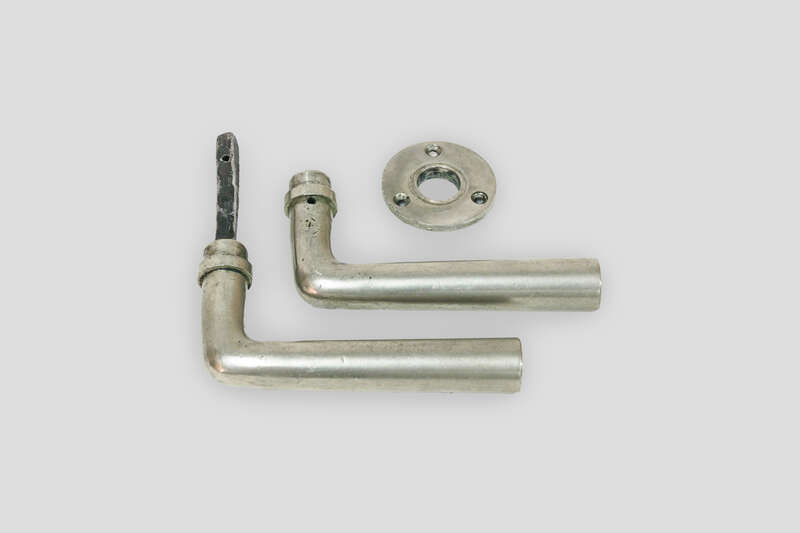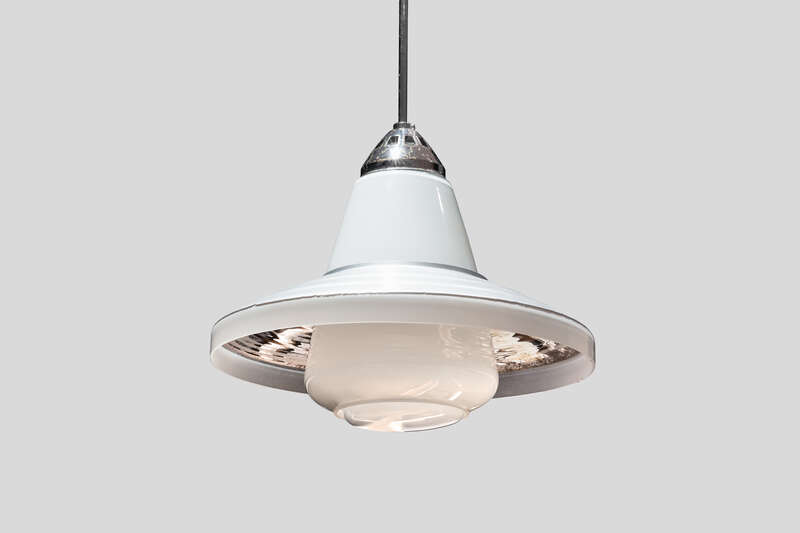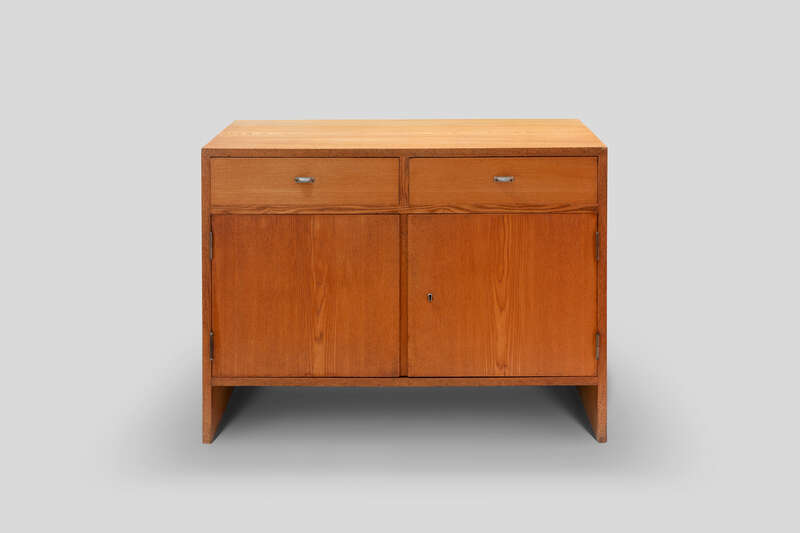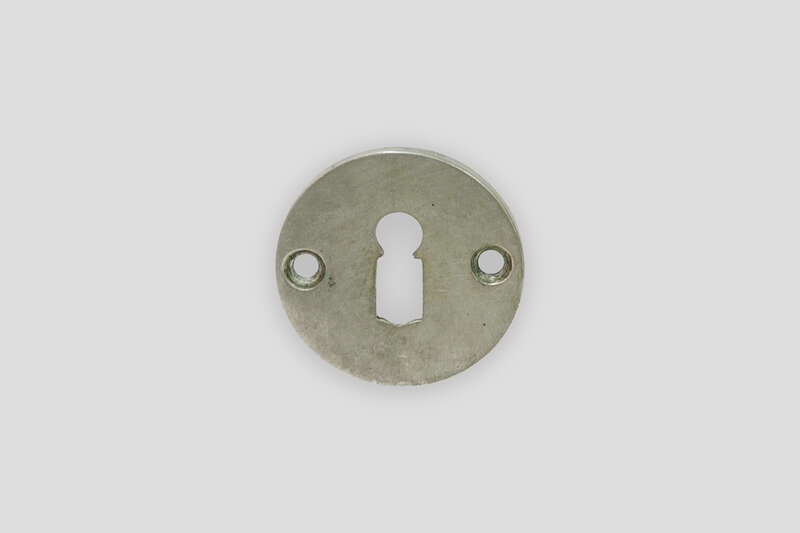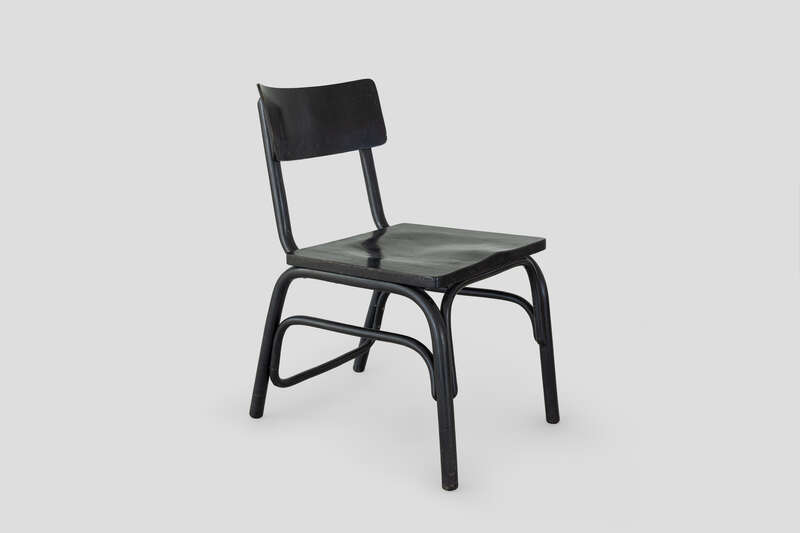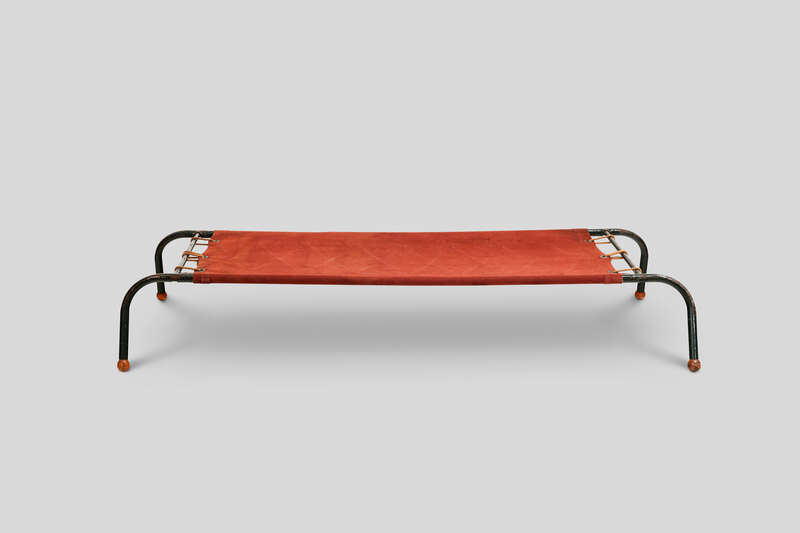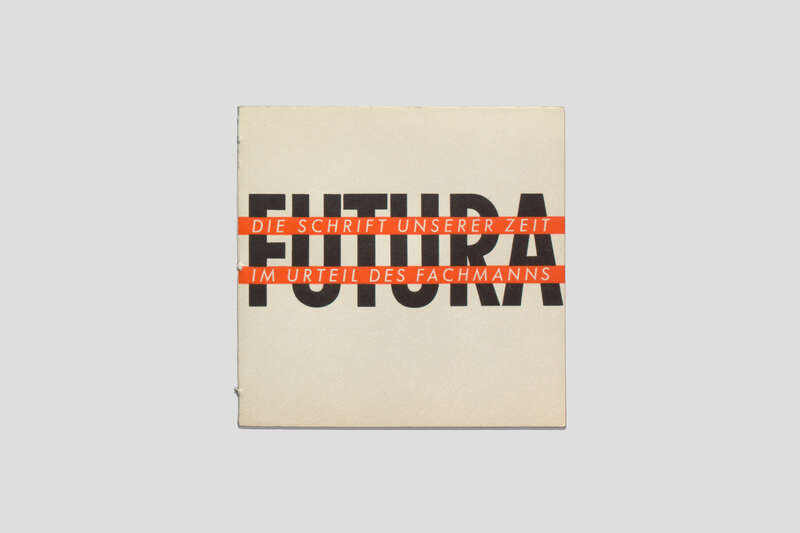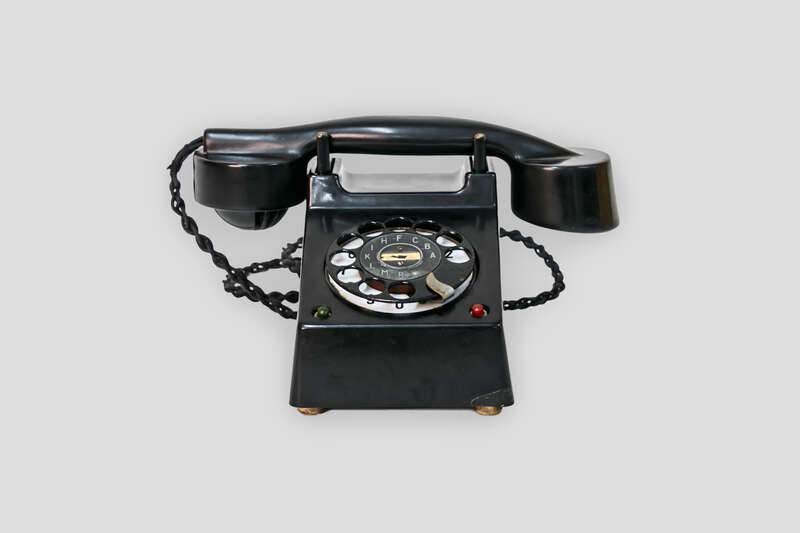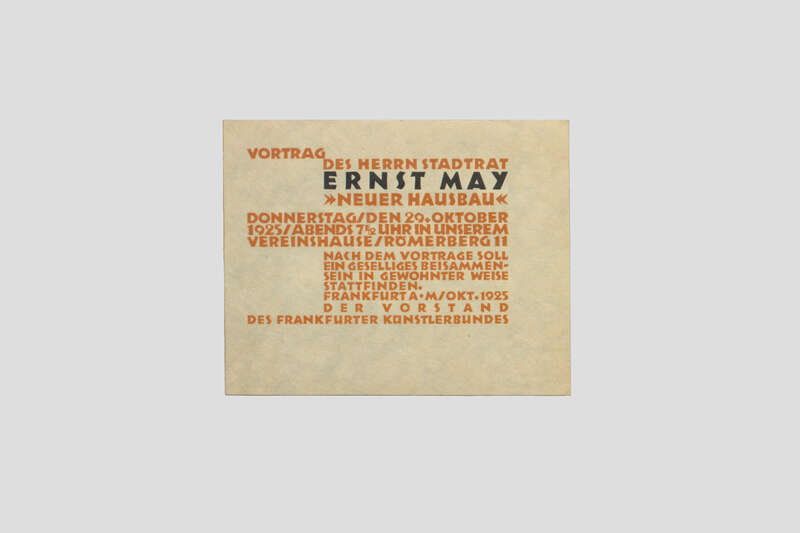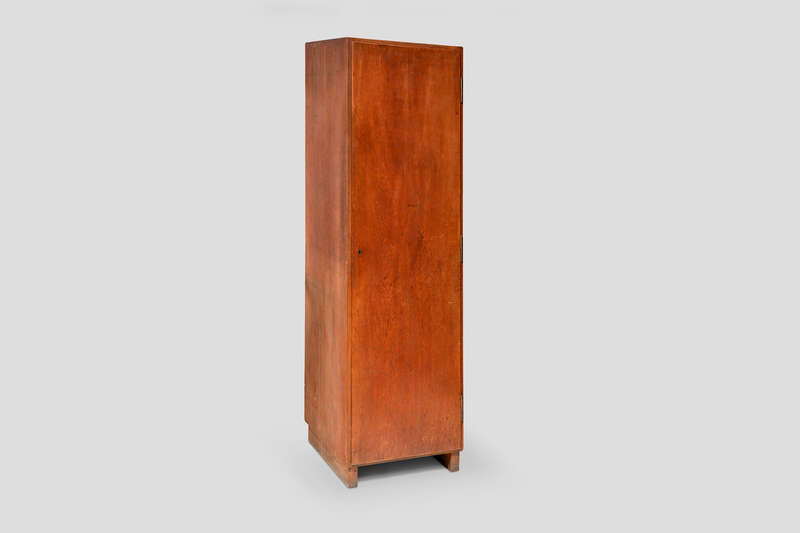The New Frankfurt: 100 Years Later
In 1925, the City of Frankfurt am Main launched a social housing and urban planning program. This extensive project would later be named The New Frankfurt in the history of architecture and design. Around 12,000 apartments and numerous public buildings for finance, transportation, trade, health, and recreation were created. At the same time, the city underwent a period of intense modernization in the visual, performing, and applied arts distinguished by its emphasis on public welfare and the common good.
For the centennial of The New Frankfurt in 2025, the Museum Angewandte Kunst is presenting concurrently several exhibitions that illuminate various aspects of the project. In so doing, it is also putting on display its constantly growing collection of objects from this period of modern design.
Among The New Frankfurt’s formative designers was Frankfurt-born Ferdinand Kramer (1898–1985), who was notably instrumental in the furnishing of the new apartments and municipal facilities. He designed not only a cot for children, chairs and tables, but door and window fittings as well that were used throughout the buildings.
Margarete Schütte-Lihotzky (1897–2000), a native of Vienna, also played a central role. She contributed significantly to the implementation of the Frankfurt Kitchen and was the first female architect—and only woman—to work at the Building Authority. Franz Schuster (1892–1972), likewise from Vienna, designed a system for modular ready-made furniture. Christian Dell (1893–1974), Head of the Metal Workshop at the Frankfurt Art School, designed several table and floor lamps for offices and residences. Finally, Adolf Meyer (1881–1929) must be named, a former employee of Walter Gropius and Head of Construction Consulting at the Frankfurt Building Authority. He designed a ceiling lamp, which is shown here. With Hans Leistikow as head of the municipal printing office, graphic design also came into focus. Thanks to the estate of the book printer Philipp Albinus, the Museum of Applied Arts has a rich treasure trove of various printed materials from the New Frankfurt era, which illustrate the struggle for contemporary typography.
